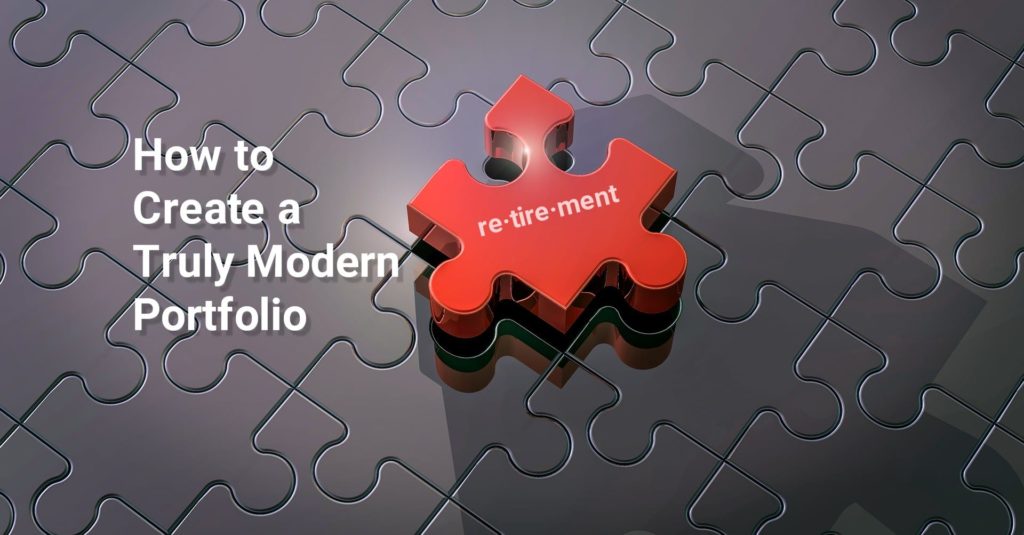Today, my thoughts turn to something a bit more technical than I usually address—I want to discuss how monetary policy has killed Modern Portfolio Theory (MPT) and what to do about it.Modern Portfolio Theory (MPT) was pioneered almost 70 years ago in 1952. The concept behind MPT is that you can minimize your portfolio’s volatility risk through a diversified bond/stock portfolio. Traditionally, the MPT model allocates 60% of your portfolio to stocks and 40% to bonds and then shifts the ratio in favor of bonds the closer you get to retirement. Conceptually, you will be able to have indefinite income from your bonds throughout your retirement years by withdrawing no more than 4% annually.The problem that retirees and MPT supporters now face is that the current monetary policy keeps interest rates low to drive economic growth and keep unemployment down. Without pressure from inflation, these policies will continue to result in historically-low bond returns that are well under the 4% distribution target. With Janet Yellen being appointed as the next Fed chair, it unlikely that interest rates will be raised substantially within the next decade.Many investors following MPT have already seen the effect of these low-interest-rate policies in their portfolios through sub-par returns. If nothing is done, this issue can only be addressed by (i) reducing your retirement income expectations, (ii) increasing your savings rate, or (iii) by trading out the bond portion of your portfolio in favor of other investment vehicles with a higher likelihood of surpassing the 4% benchmark.For these reasons, I do not believe that Modern Portfolio Theory can adequately address the nuances found in the current investing environment—it is anything but modern! To combat the low-interest-rate environment that we find ourselves in, I suggest looking at other investment vehicles that perform like bonds but with higher return potential. Here are two that I like:Real Estate. Real estate has historically been a fantastic generator of income. In addition to the cash returns of real estate, you get the added tax benefits of depreciation. There are commercial and residential properties of all shapes and sizes to fit most budgets. You can also get your foot into real estate at a lower entry point through crowdfunding websites such as CrowdStreet, ArborCrowd, and RealCrowd.Lending. Online crowdfunded lending platforms such as Peerform, LendingClub, Upstart, and Prosper have provided a method for you to invest a relatively small amount of capital to get higher returns. Some states also allow you to become a capital source for private money lending.While returns cannot be guaranteed, I believe each investor owes it to themselves to at least look at replacing the bonds within their portfolio. There may be tax and other retirement considerations that you should consider before making changes whole hog. For that reason, I recommend that you speak with a fiduciary financial advisor (one whose interest is aligned with your own), a real estate broker, and your tax professional before making any changes.My office (Sterling Wealth Management) is here to assist you with your investing and real estate needs. If you want to schedule a free, no-obligation meeting to speak with me, please call me at 702-228-0500.
How to Create A Truly Modern Portfolio
Finance Investing Real Estate Saving Your Money Stocks & The Markets
Signup For Our Newsletter
Signup for our newsletter to stay up to date with the newest financial trends
See How We Can Help You
With a combination of planning, consulting, and investing services, the Sterling team gives you all the resources you need to Plan Your Financial Future.
Get In Touch


